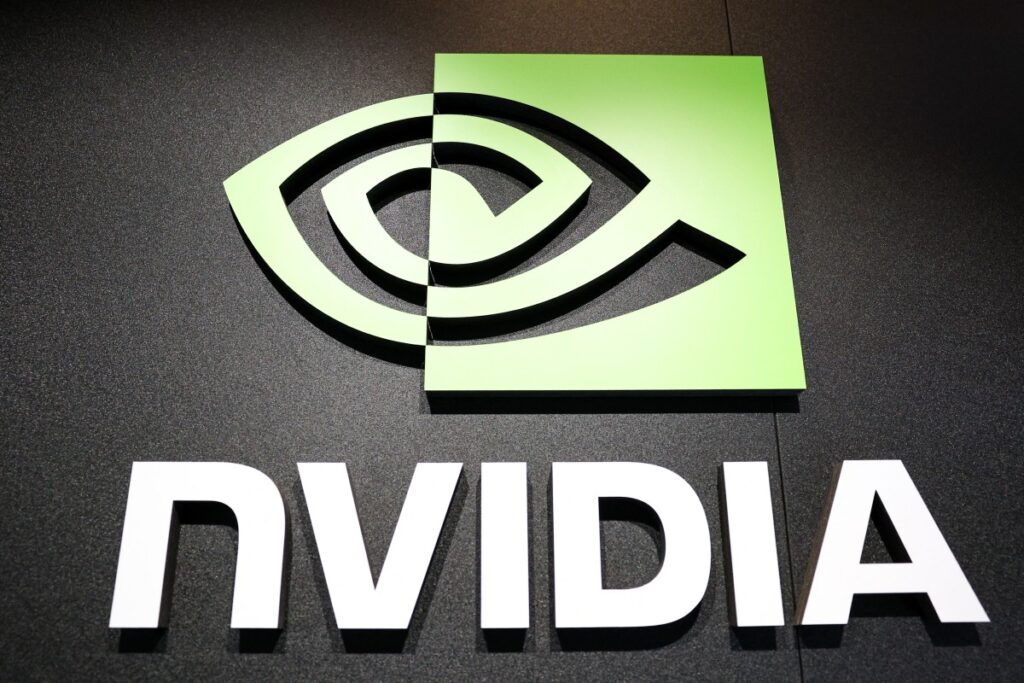Today, Facebook is launching “Ad Breaks” in the UAE, Saudi Arabia and Jordan. An Ad Break is a video advertising format that can either be a pre-roll before the video, a midroll during the video or an image ad in the player directly below the video. The feature allows publishers and creators to monetize their video content by earning a share of the ad revenue.
 Commenting on the launch Sara Abu Zahra, Strategic Media Partnerships for Entertainment and Lead for MENA at Facebook says: “Following the recent launch of Watch in the MENA region, we’re extremely excited to be launching another feature in UAE, KSA and Jordan and very pleased with the momentum we are currently witnessing in this space. We are thrilled to bring these monetization updates for creators and publishers in this region as it unfolds a lot of untapped opportunities.”
Commenting on the launch Sara Abu Zahra, Strategic Media Partnerships for Entertainment and Lead for MENA at Facebook says: “Following the recent launch of Watch in the MENA region, we’re extremely excited to be launching another feature in UAE, KSA and Jordan and very pleased with the momentum we are currently witnessing in this space. We are thrilled to bring these monetization updates for creators and publishers in this region as it unfolds a lot of untapped opportunities.”
Although users may find Ad Breaks annoying and/or intrusive, Facebook says MENA is a huge video market with 97 percent of online users in the UAE watching video at least monthly (vs 88 percent for EMEA) and 62 percent of Facebook users in the UAE posted or shared video content on Facebook (vs 48 percent for EMEA), according to the GfK EMEA Country Profile Study, UAE December 2015
Ad Breaks are not limited to a show, which means that any page is eligible if they meet the criteria of 30,000 views per minute with 10,000 followers and is in a country where Ad Breaks is available.
Creators and publishers can check their eligibility online. They can then either allow Facebook to automatically choose the spots to insert an ad break, or they can manually select the placements spots based on their preference. Facebook then inserts the ad for each individual viewer based on several factors including targeting criteria and how many ads that viewer has seen during their Facebook session. Facebook will review all video content eligible for monetization to ensure brand safety and fit.
Ad Breaks are being rolled out in phases with the UAE, KSA and Jordan as part of the 1st phase. Currently, Ad Breaks can be inserted only in English videos with the feature being extended to Arabic videos from November 5.






